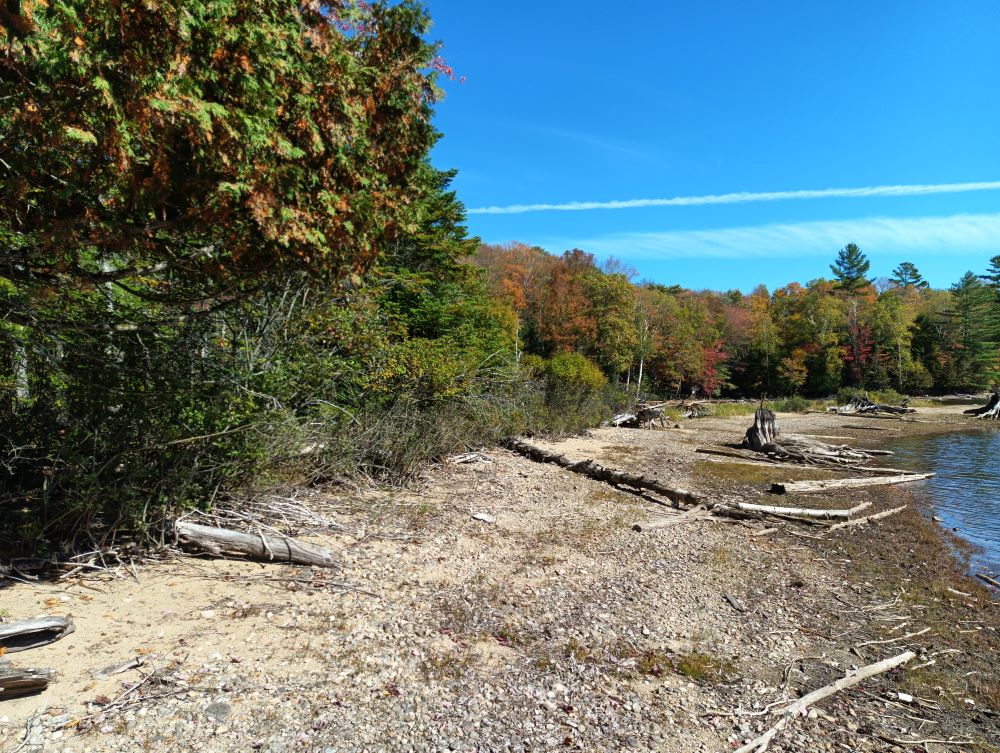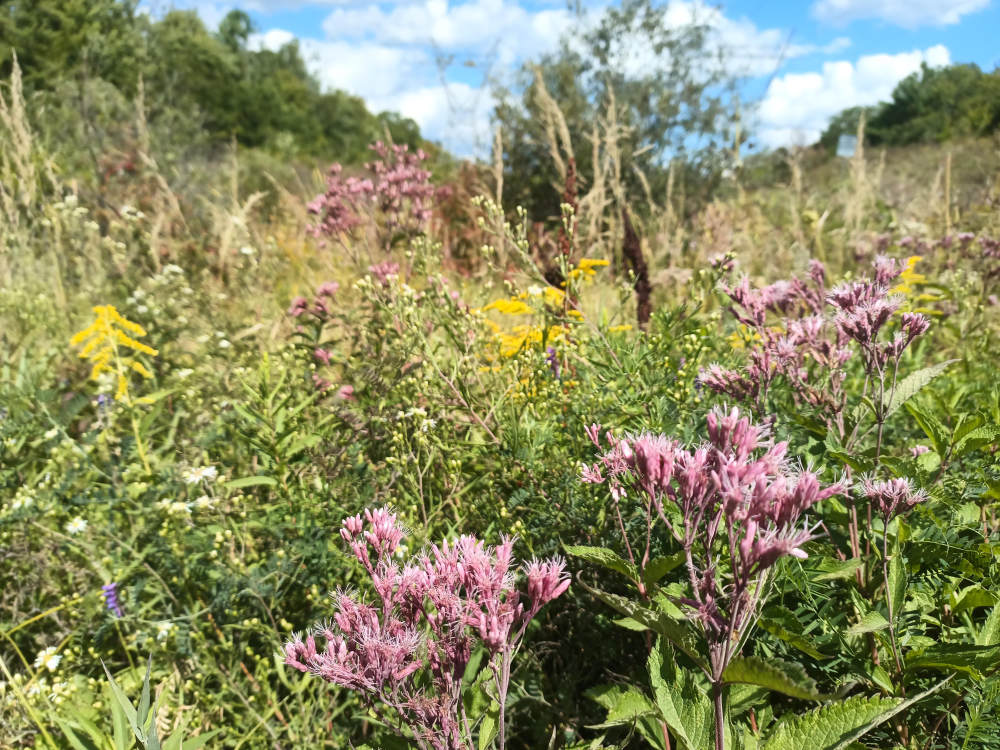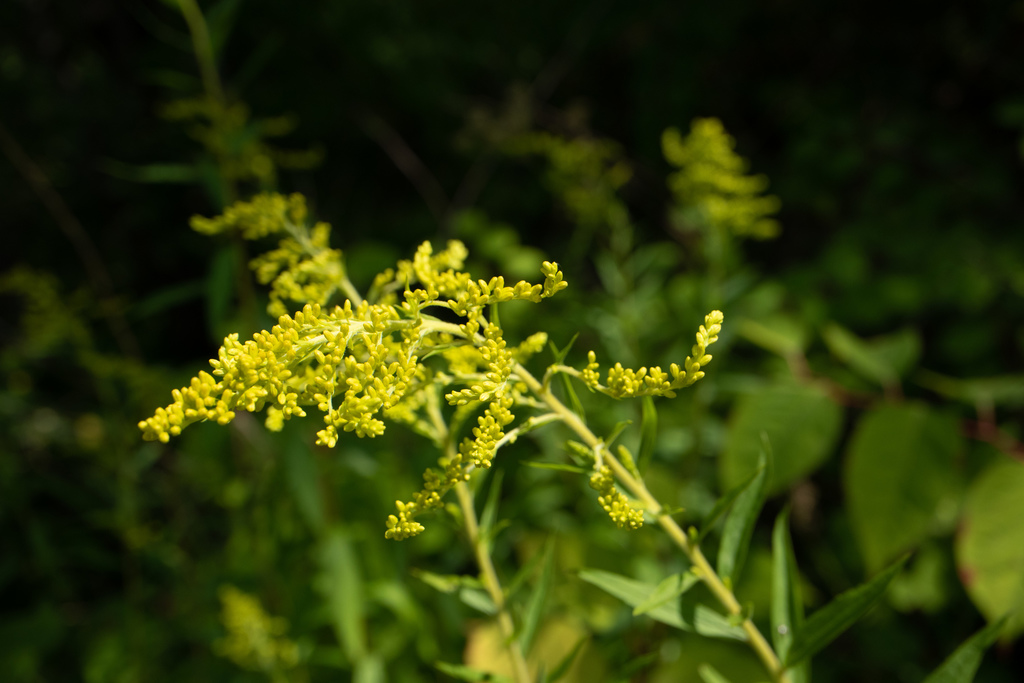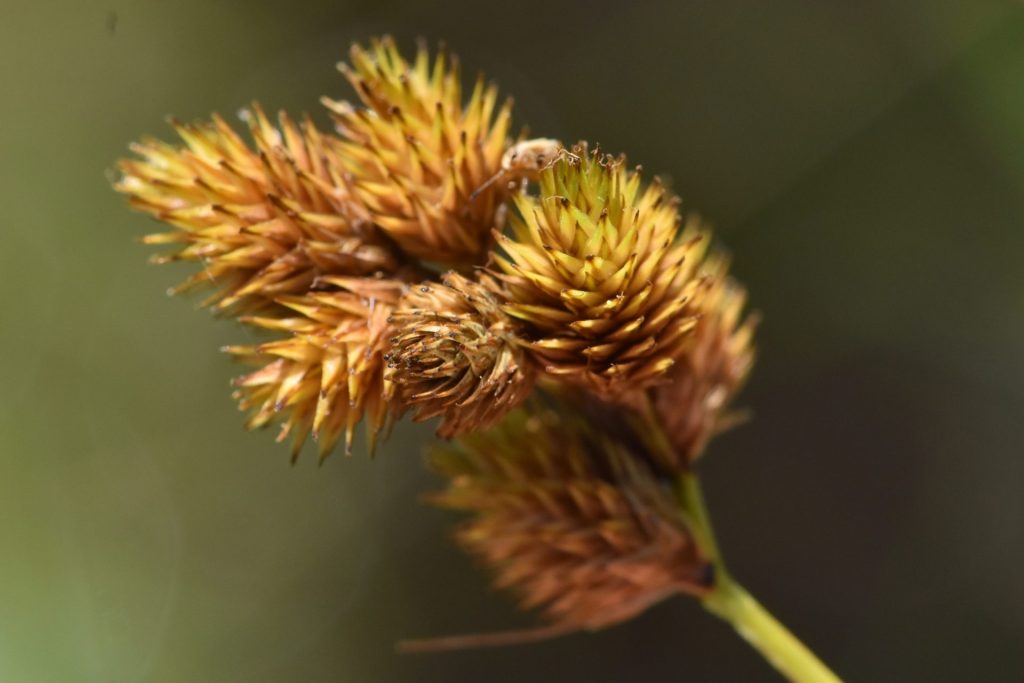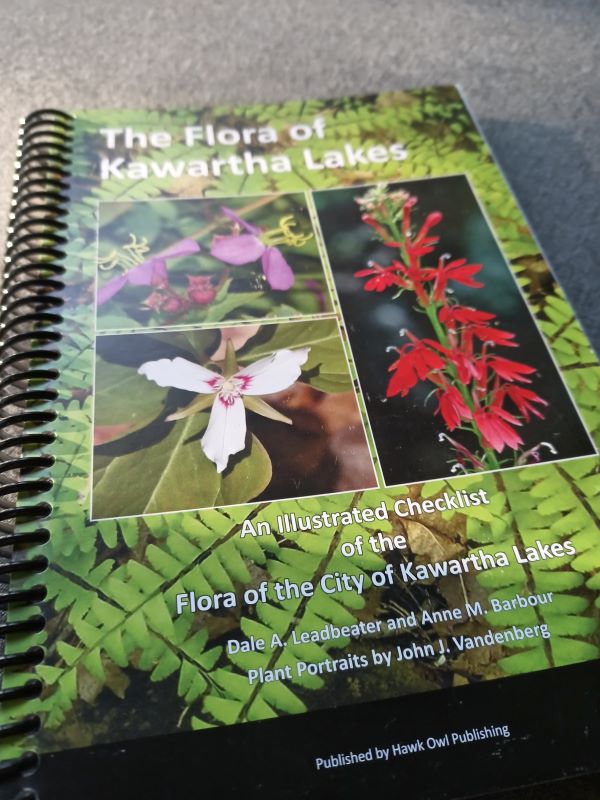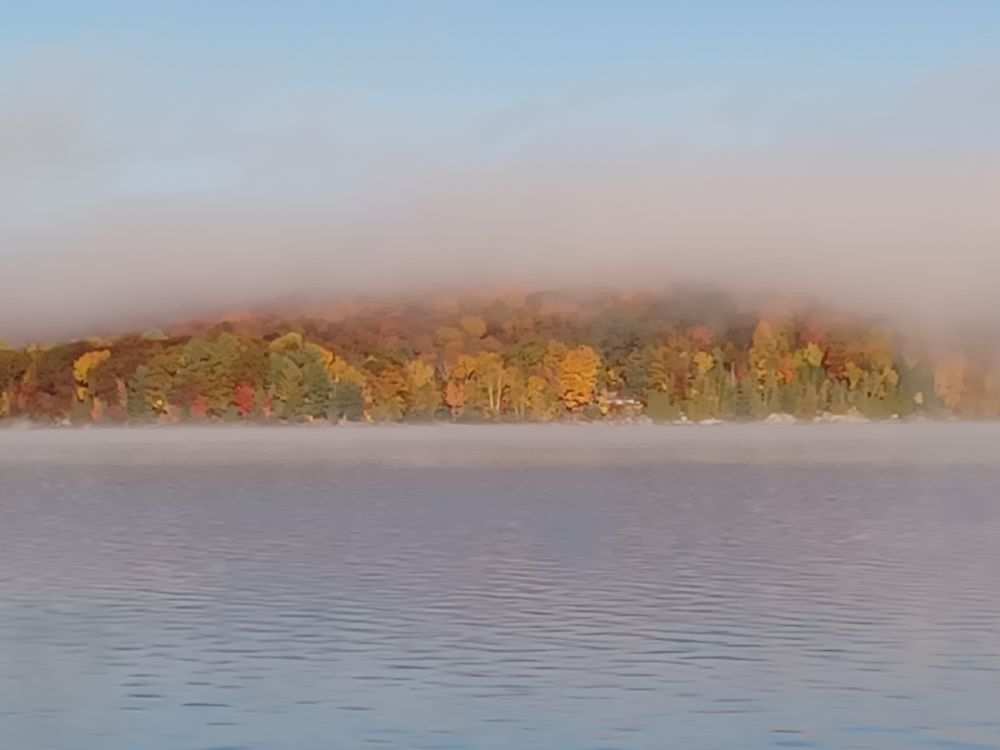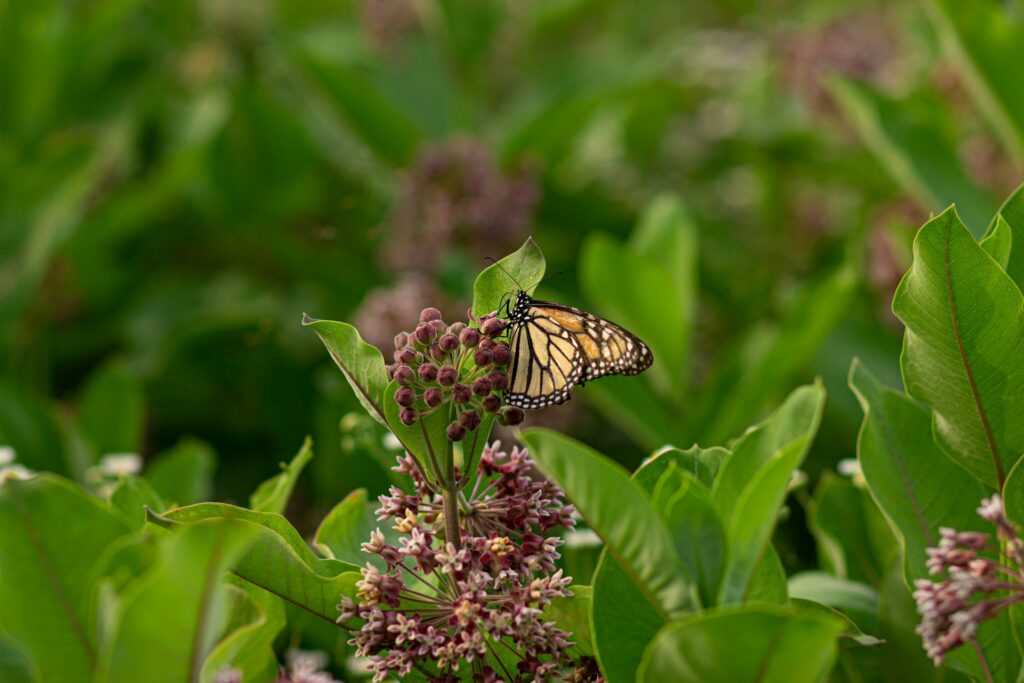Biodiversity
What the 30-metre shoreline buffer really means
The 30-metre shoreline buffer recommendation makes most cottage owners throw up their hands. Here’s where that number comes from – and what it actually means for your property.
Read MoreOn hydro, roads, beavers… and you
Not all disturbance is bad. Here’s what we can learn from hydro, roads… and beavers.
Read MoreWhy Succession is Key to Naturalistic Landscape Design in Haliburton County
“Arrested succession” is the secret to creating beautiful and biodiverse landscapes. It’s one of the most important things in my toolkit.
Read MoreGoldenrod: The Myths and the Facts
Goldenrods face two cases of mistaken identity. Let’s clear up the mess and celebrate a valuable species.
Read MoreSedges for Haliburton, Muskoka and Kawartha Lakes
Sedges don’t get much glory. They’re everywhere in Haliburton, Muskoka and Kawartha Lakes but we seldom notice them. If we do notice them, we often confuse them with grasses. It’s time to shine a light on the genus Carex. Sedge Basics What Sedges Are The Morphology of Sedges Their Habitat and Distribution Their Ecological Importance…
Read MoreKawartha Lakes native plants: New guide gives detailed lists
The Flora of Kawartha Lakes, which lists plants native to the region, is also relevant to Haliburton County’s flora.
Read MoreHaliburton Shoreline Naturalization: Better for the Lake, Better for You
An in-depth look at shoreline naturalization for Haliburton County cottages: why it’s important and how to do it.
Read MoreIt’s OK to mow in May − the best way to help pollinators is by adding native plants
If you are interested in supporting pollinators, it is important to consider the ecological context of your yard – and #NoMowMay may not be an effective strategy.
Read MoreFrom Pollinators to Whole Ecosystems: Expanding Our Gardening Focus
In recent years, the surge in popularity of pollinator gardens has been a heartening development for environmental enthusiasts and gardeners alike. These gardens, teeming with bees, butterflies, and other pollinators, have become symbols of ecological awareness and conservation. Yet, as we delve deeper into the realms of sustainable gardening, a broader perspective emerges, one that considers not only pollinators but the entire ecosystem.
Read MoreLeave the dead plant stems!
With this scarily warm weather we’ve been having, it’s tempting to get out there and do a bit of tidying up in the garden. Please wait!
Read More
